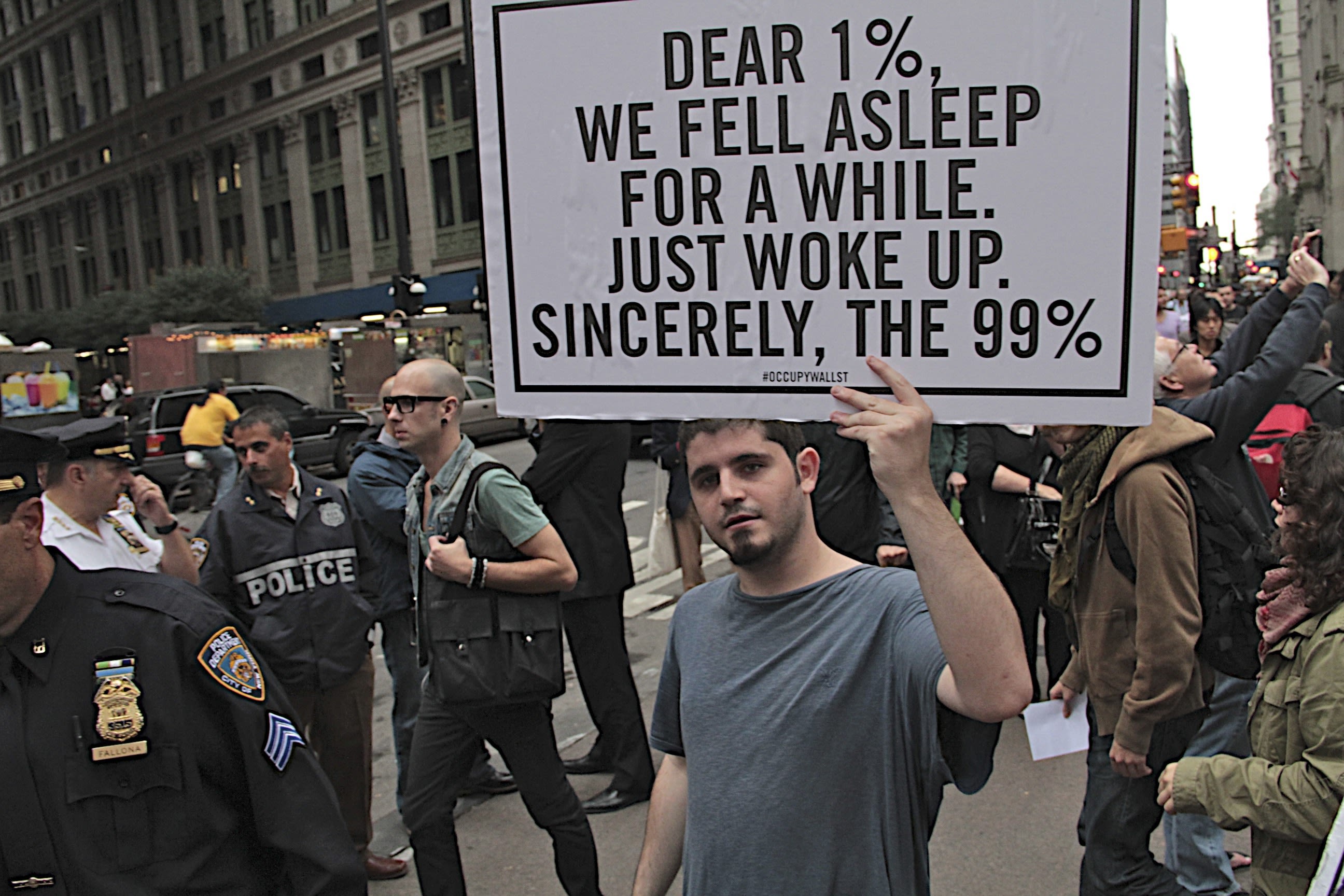Do mass protests work?

David Wallace-Wells has a nuanced take on this complicated question:
As unprecedented as the protests might seem, they were also immediately familiar. We were already living through a kind of golden age of public protest, the journalist Vincent Bevins writes in his remarkable new history, “If We Burn: The Mass Protest Decade and the Missing Revolution.” More people participated in protests between 2010 and 2020 than at any previous point in human history. And yet, he writes, nothing much ever seems to improve.
For a full decade, mobilized by social media and inflamed by the inequities of globalization, the world was on fire with mass protest: Occupy Wall Street and the Tea Party, Tahrir Square and the Arab Spring, Gezi Park in Turkey, Brazil and Chile and Ukraine and Hong Kong. At the time it was almost irresistible to overlook the differences among these movements and see instead an astonishing unforeseen rupture in the global order, and one that just kept ripping — a modern-day 1848 of parallel global uprising. Yet writing about the decade in retrospect, Bevins argues that what is most remarkable is how it ended: with nearly every country back where it started or worse, as reactionary forces and backlash unbent what once looked like an inevitable arc of history.
What explains the pattern? For Bevins, it is primarily a question of political strategy and structure, how contemporary protest has exchanged purpose for scale, and how little trust these recent movements have placed in those traditional forms of radical hierarchy that he calls, in a purposeful provocation, “Leninism.”
Movements need followers, he writes, but they also need leaders. When they choose instead to fetishize shapelessness or what they often call, these days, “horizontality,” the prospects for real change shrink pretty quickly, and the genuinely revolutionary energy of the streets is left somewhat up for grabs. In some cases, it simply dissipates — mass protest as release valve. In others, it is repurposed by more strategic actors with clearer objectives, often political agents friendlier to the establishment and working to enclose the protest energy in a big centrist tent. In still others, the initial protests present the provocation around which outraged others can mobilize a reactionary backlash.
On the other hand:
But with protest it is always tricky to rush to judgment or reduce the question of legacy too neatly to matters of victory or defeat. Although the rhetoric of these mass events may have seemed radical to apathetic Americans, these were not revolutionary movements but calls for reform, offering what were ultimately meliorist arguments and drawing on the power of shame and moral suasion and the intimidation of sheer scale: When you see millions of people in the streets, it’s hard to believe that the rabble energy of those crowds could ever be bottled up again, at least not without some concessions.
The strategy might seem naïve or even antiquated, given the sclerotic reputation of establishment power and the way it can make efforts to disrupt a seemingly indifferent status quo look more like confirmations of its indifference (or like performative expressions of pure frustration). And in a place as negatively polarized as the contemporary United States, where the political allegiances of most people are shaped more by antipathy for the other side than commitment to their own, large-scale demonstrations may also appear to run the risk of rallying more against the cause than behind it.
But while none of these movements can be described as an unequivocal triumph, they also did not really fail. Take Occupy. A decade on, the unruly movement is often described as a kind of cartoon of left-wing disarray, but its victories, though partial, are many: concern over income inequality and economic justice becoming a far more central part of the liberal agenda; the rise of Bernie Sanders and the rest of the populist left; the arrival of a new set of economic paradigms and perspectives that helped ensure that federal aid during the Covid-19 pandemic was both more generous and more effective than the bungled, underwhelming interventions after the financial crisis of 2008.
As he points out, a similar story could be told about the mass protests surrounding climate change.
I suppose it’s too early to tell, as I forget which North Vietnamese leader supposedly said when asked how he thought the French Revolution had worked out.


